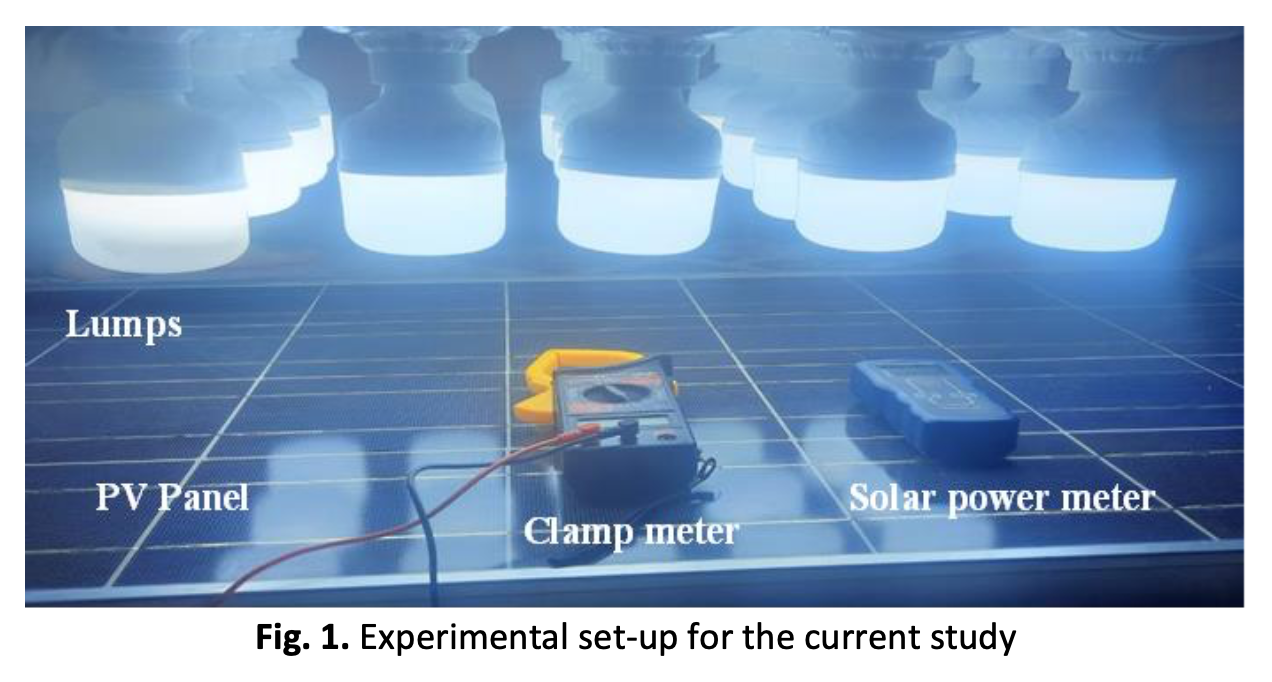Effect of the Different Types of Dust on the Performance of Photovoltaic Panels in Iraq
DOI:
https://doi.org/10.37934/arfmts.100.3.110Keywords:
Dust particles, photovoltaic, energy loss, solar radiationAbstract
Iraq is characterized by an atmosphere that contains dust particles most of the time. In this study, a detailed investigation was conducted on the effect of dust particles of different types on the performance of the photovoltaic (PV) model. Data were collected for samples of four types of dust (chalk powder, brick powder, Sand, Cool powder) and different weights (30,60,90 and 120 g/m2) with the change in the energy loss of the PV module at four levels of solar radiation (500, 600, 700 and 800 W/m2). In this study the effect of environmental dust particles on energy loss as well as electrical efficiency was evaluated. The minimum and maximum power value of (43.58, 101.95W) respectively, was observed during dust accumulation on the photovoltaic unit. It was also noted that the efficiency and power were inversely proportional to the increase in weight and directly to the size of the dust particles.
Downloads

































